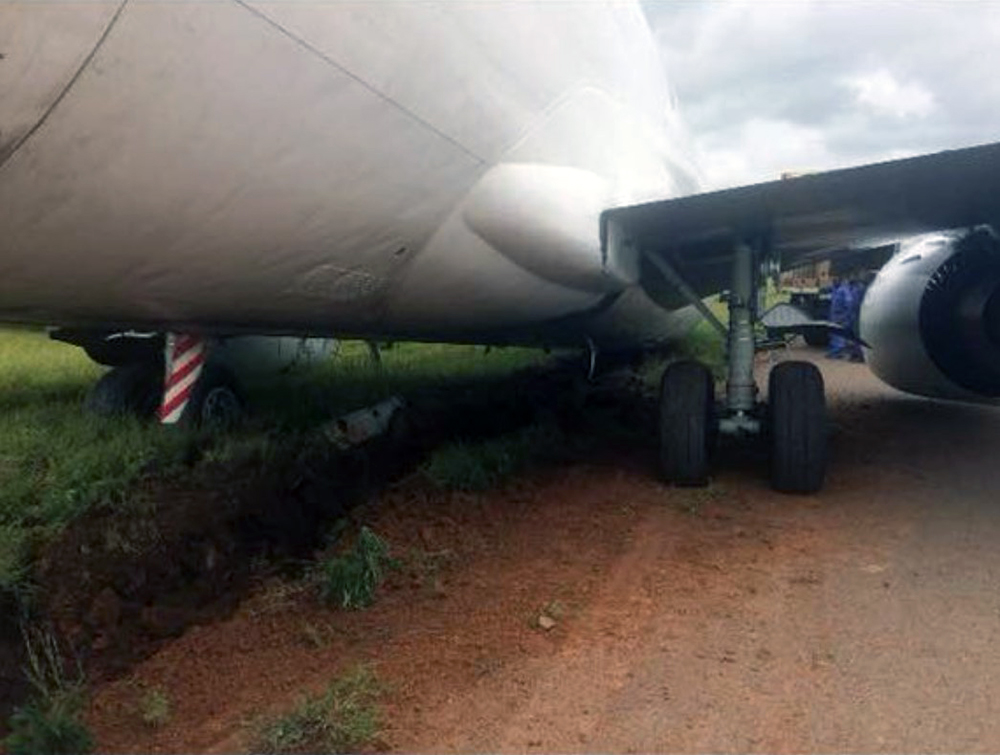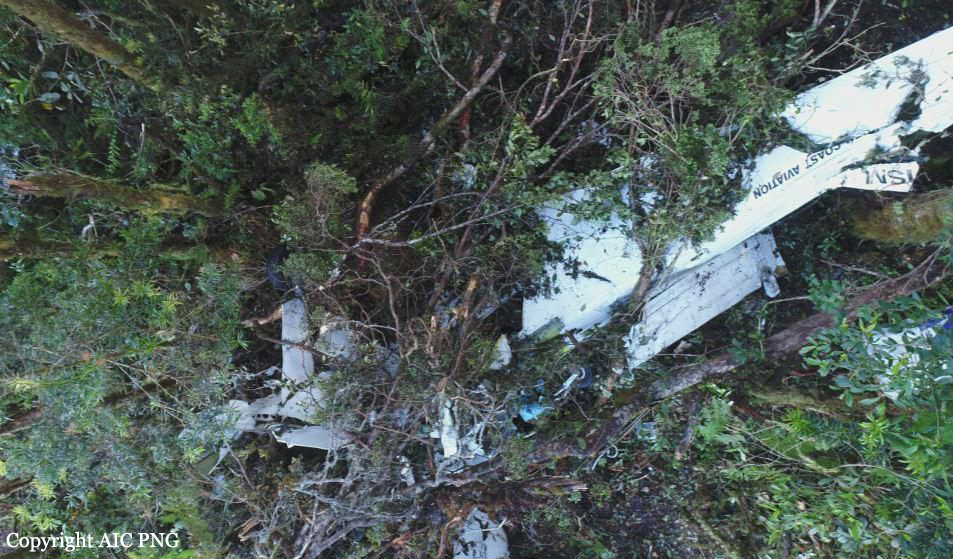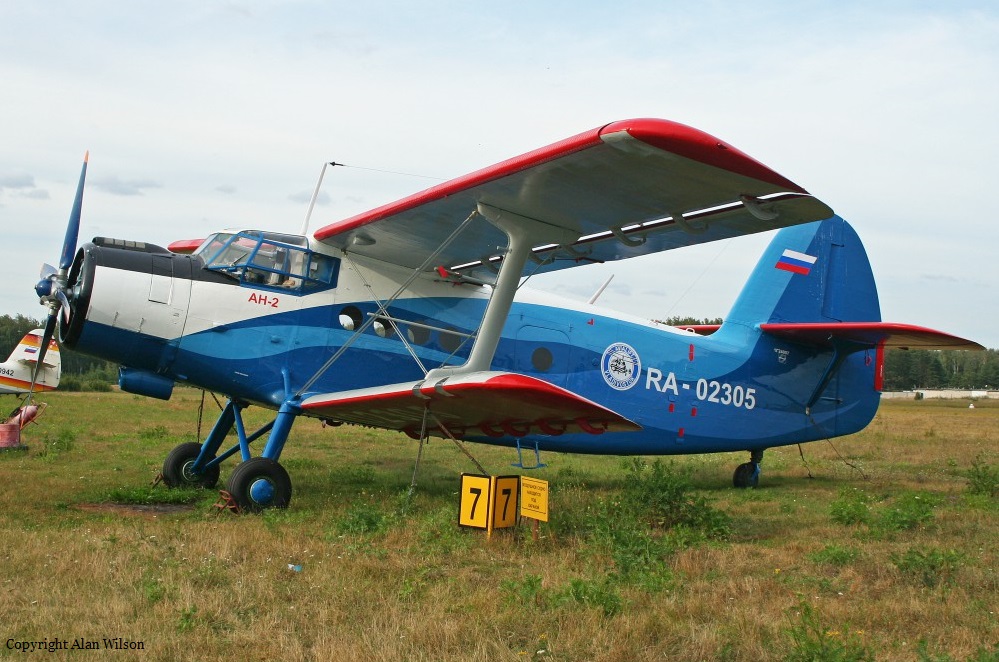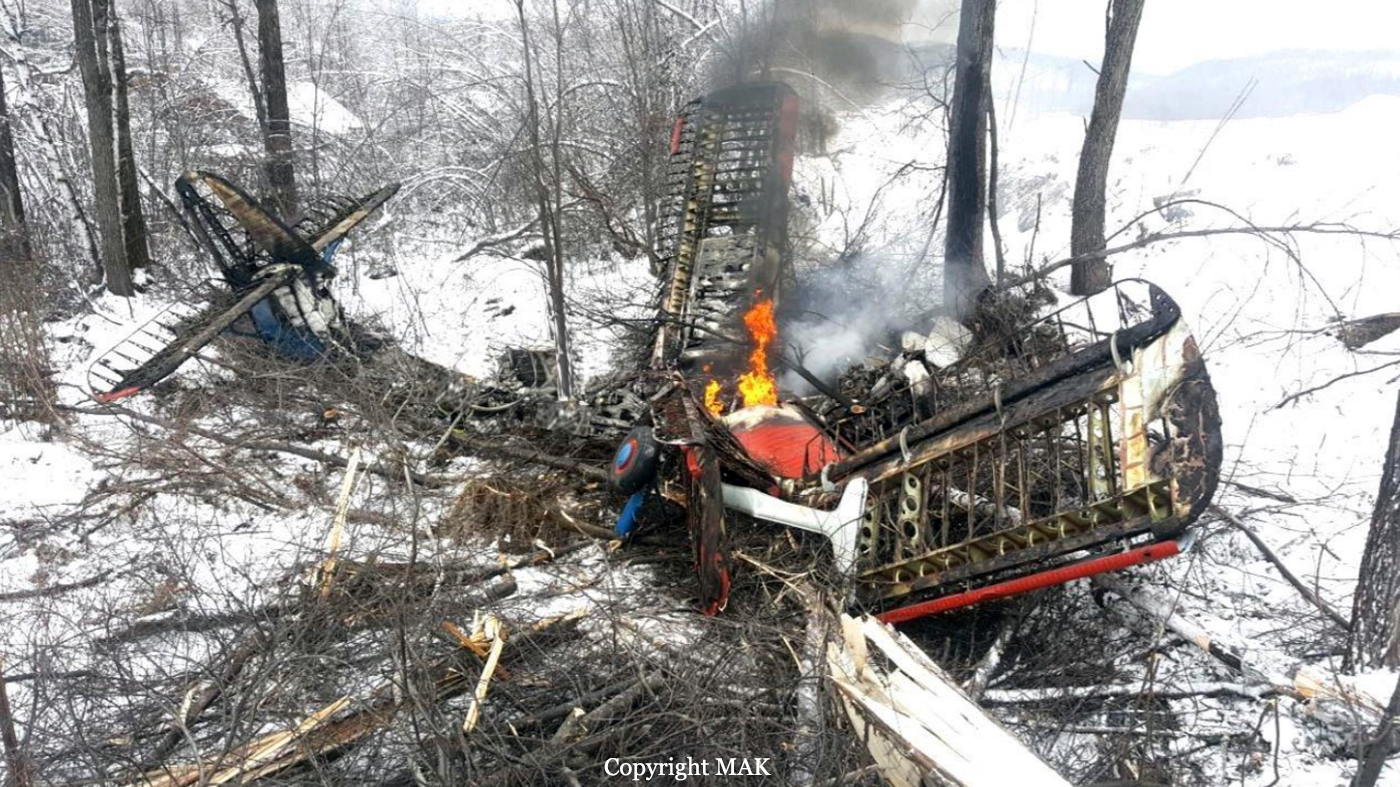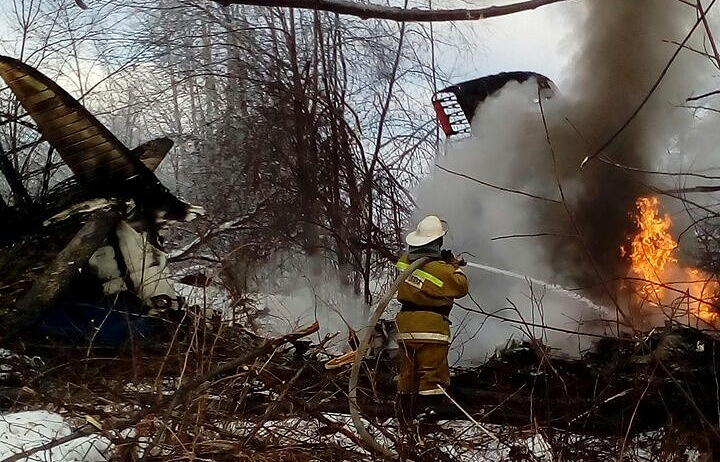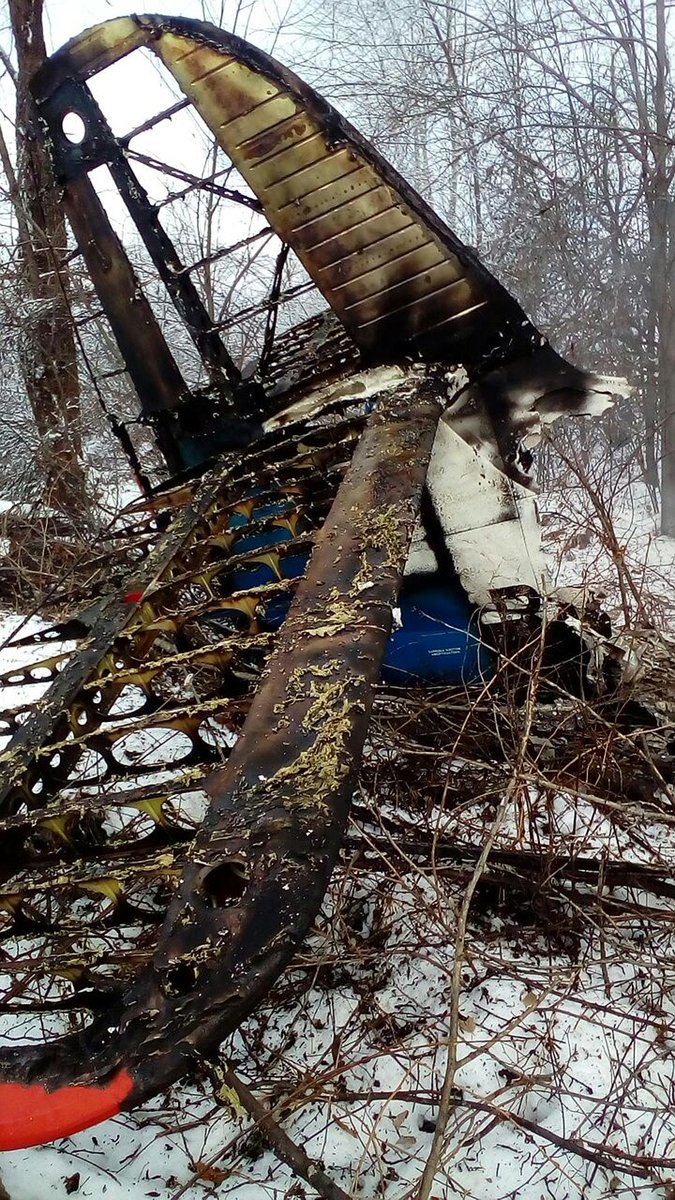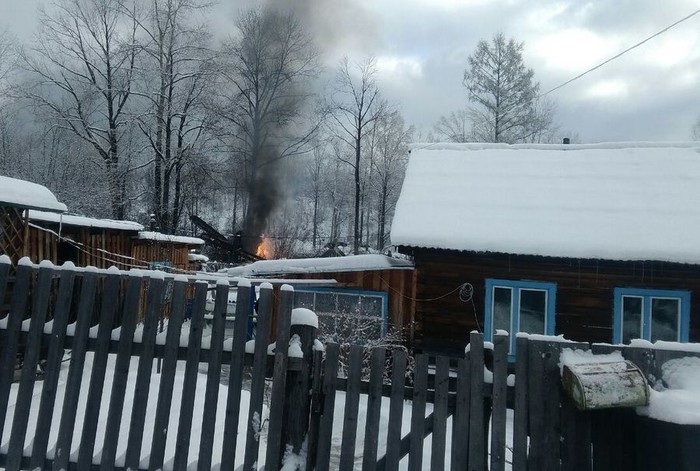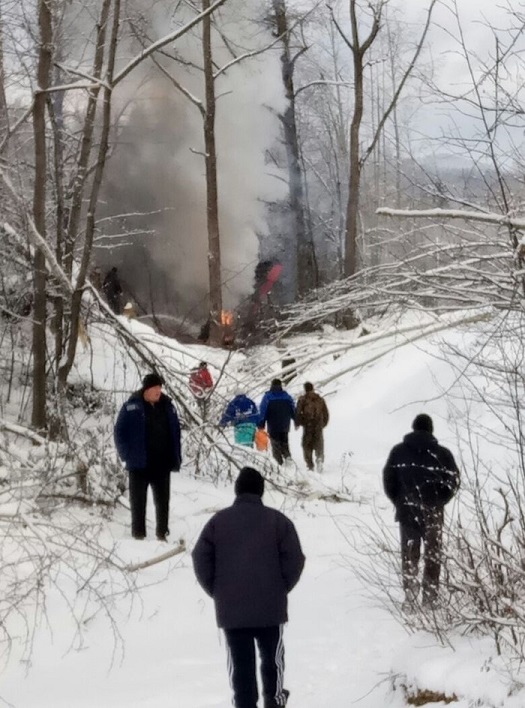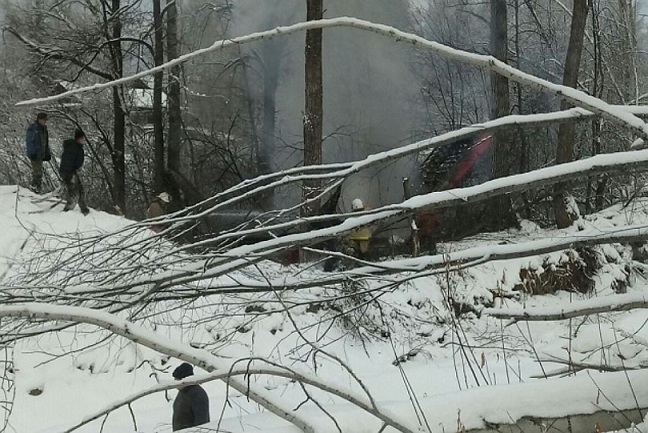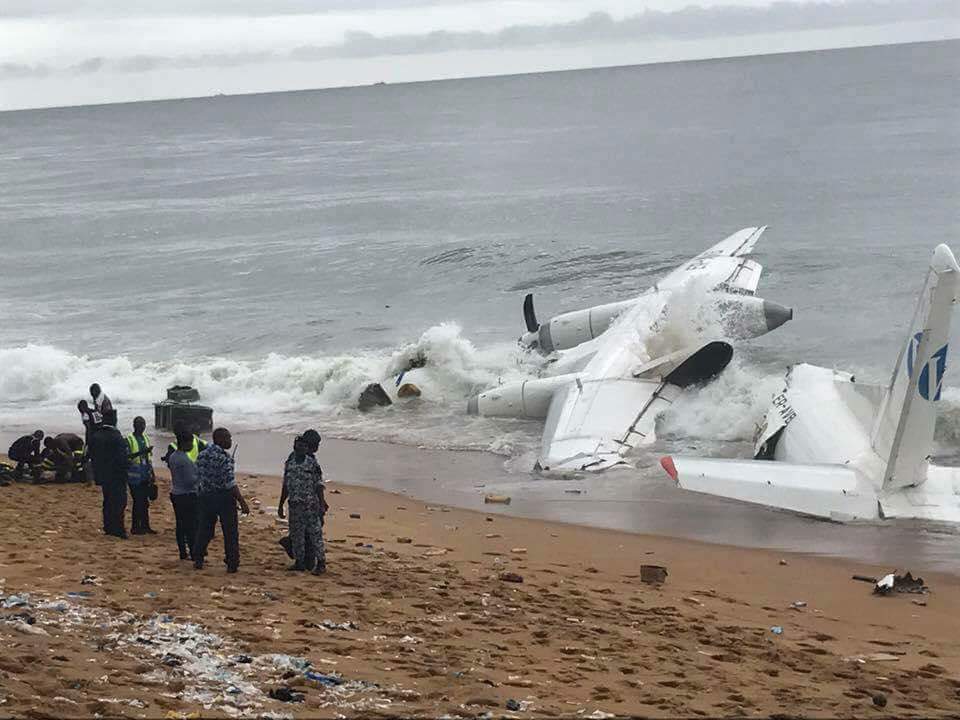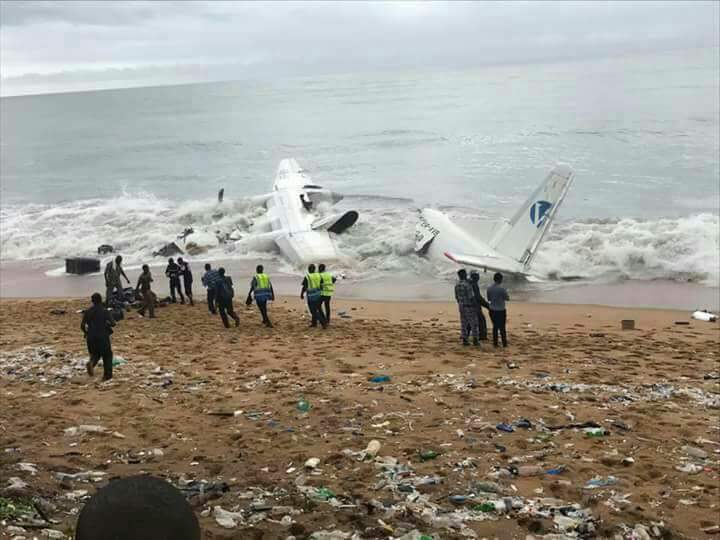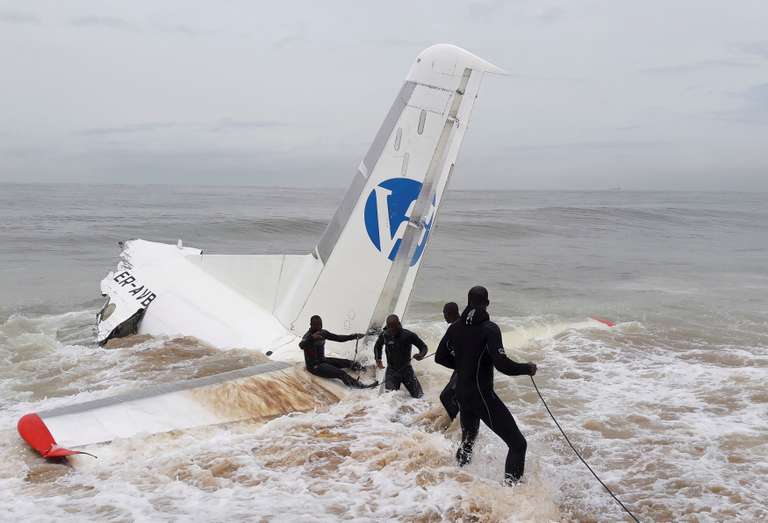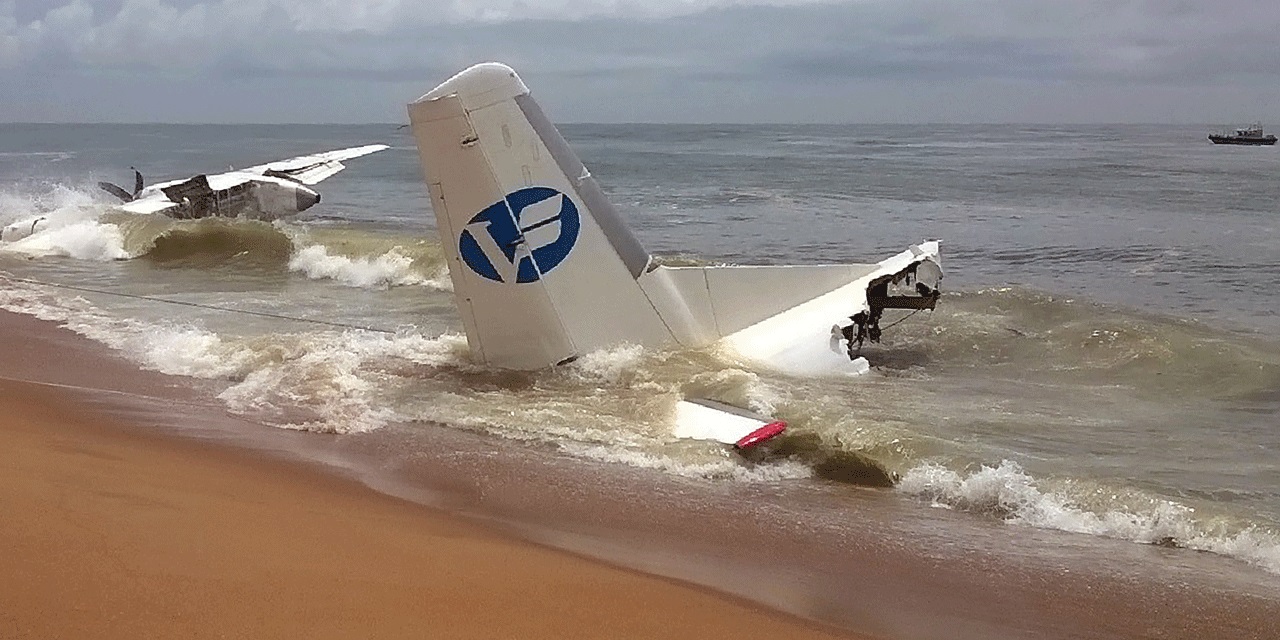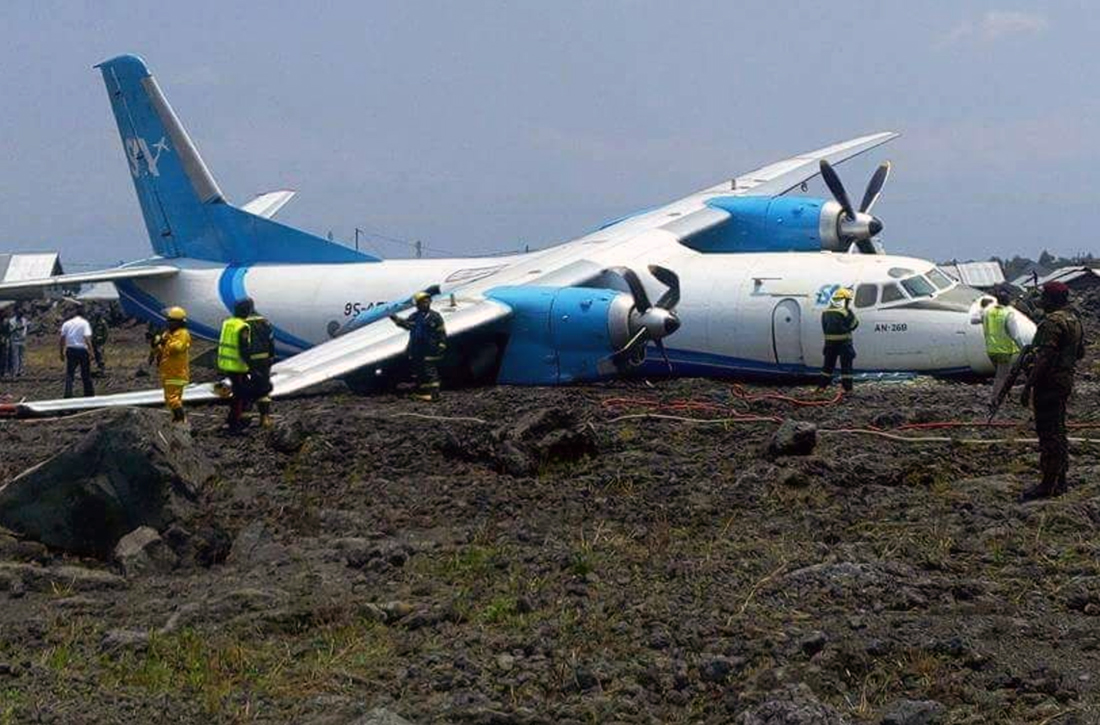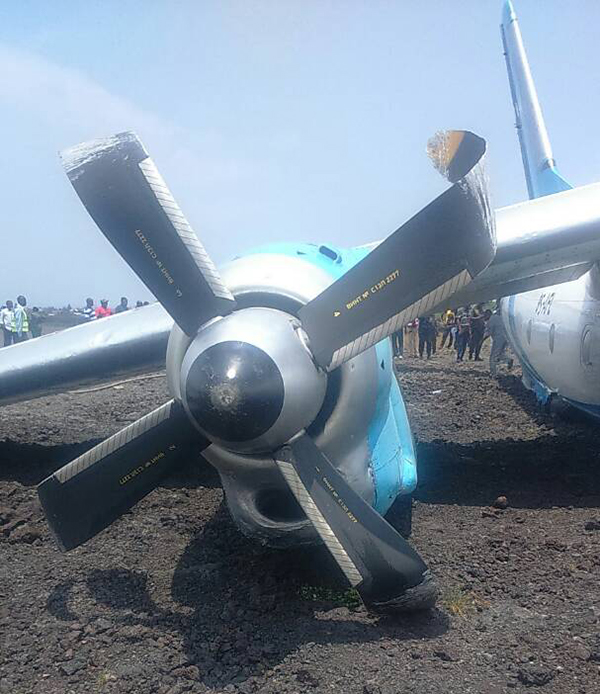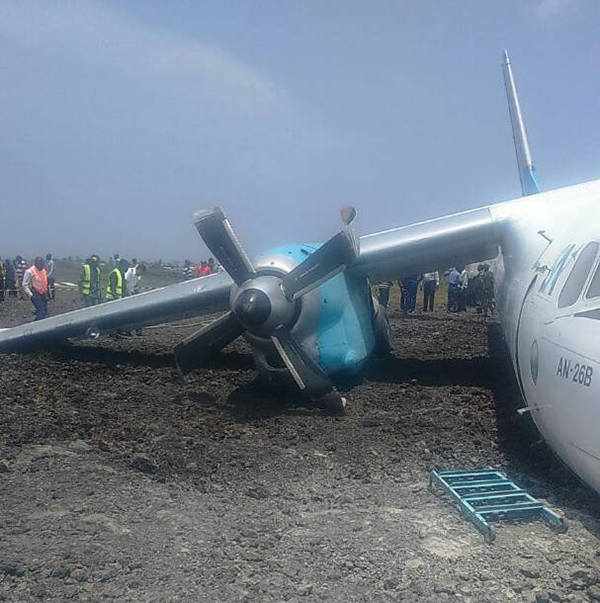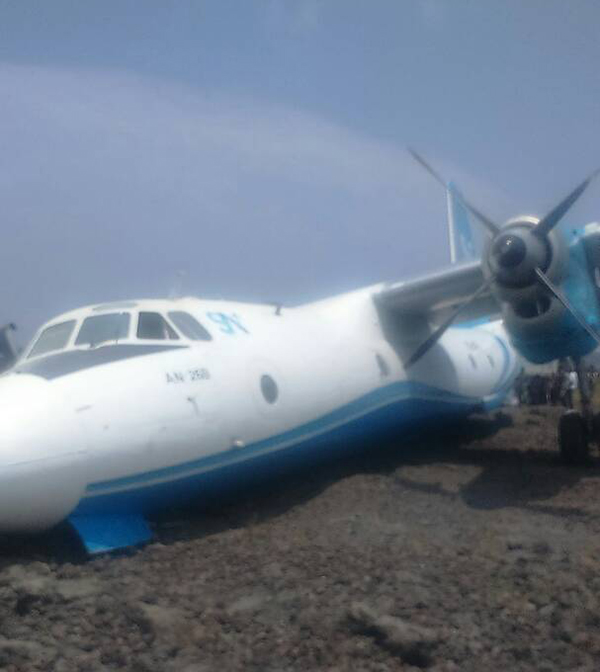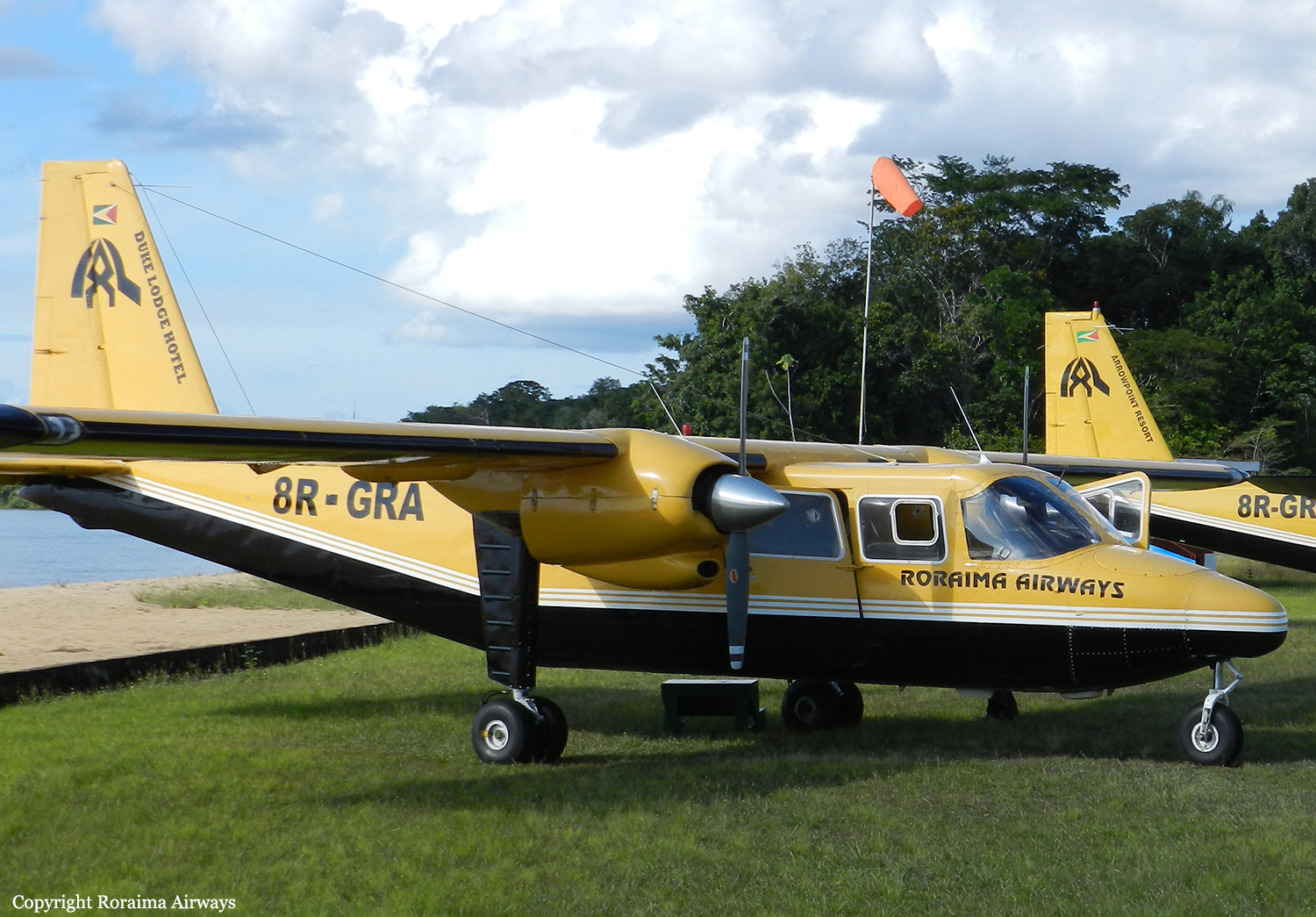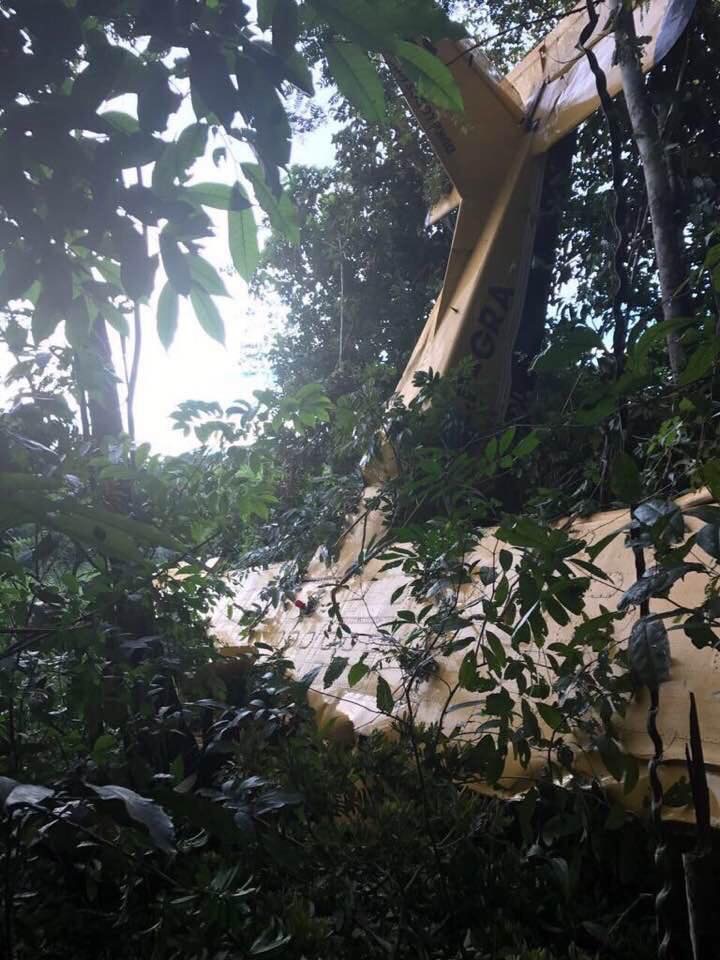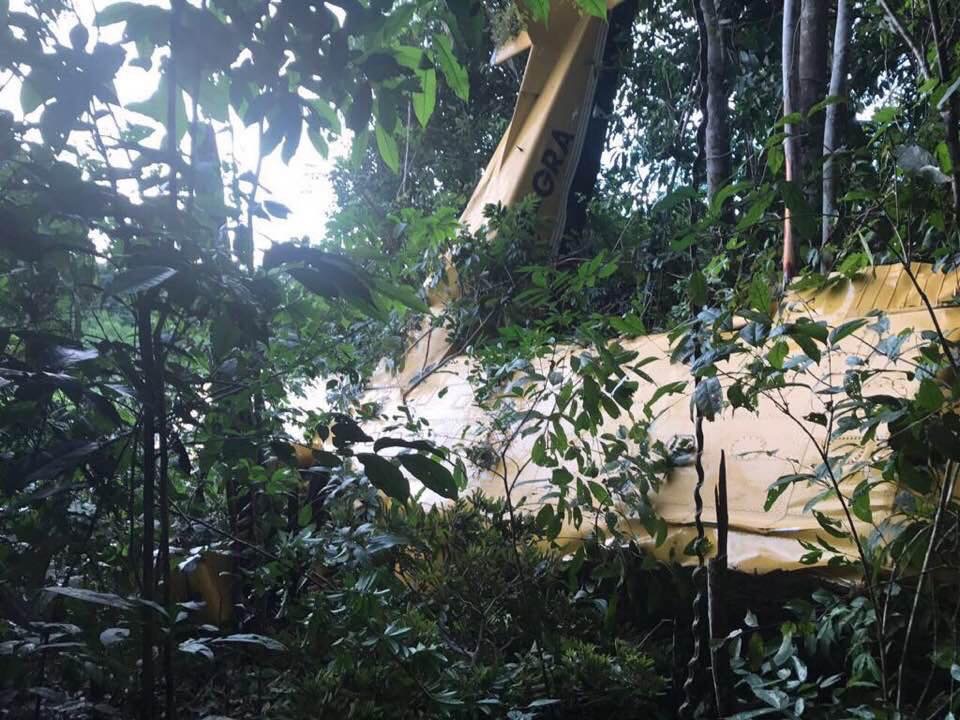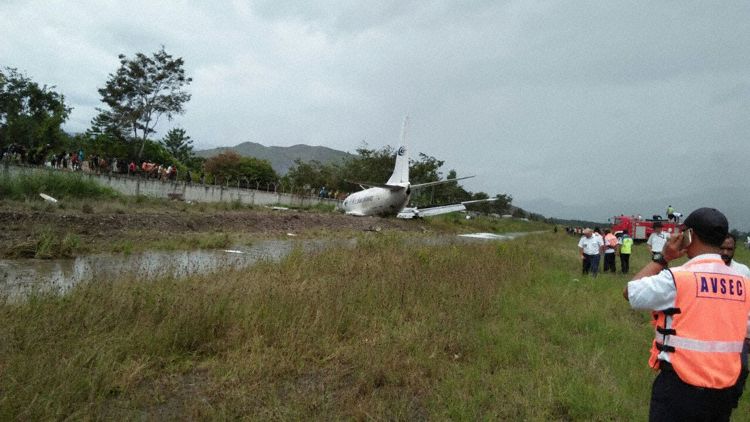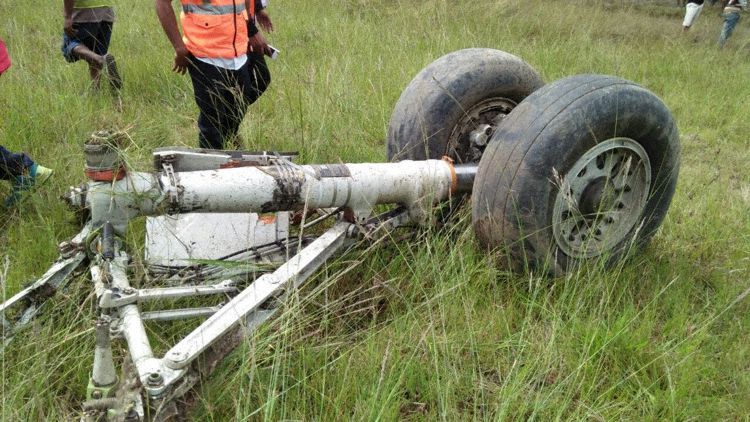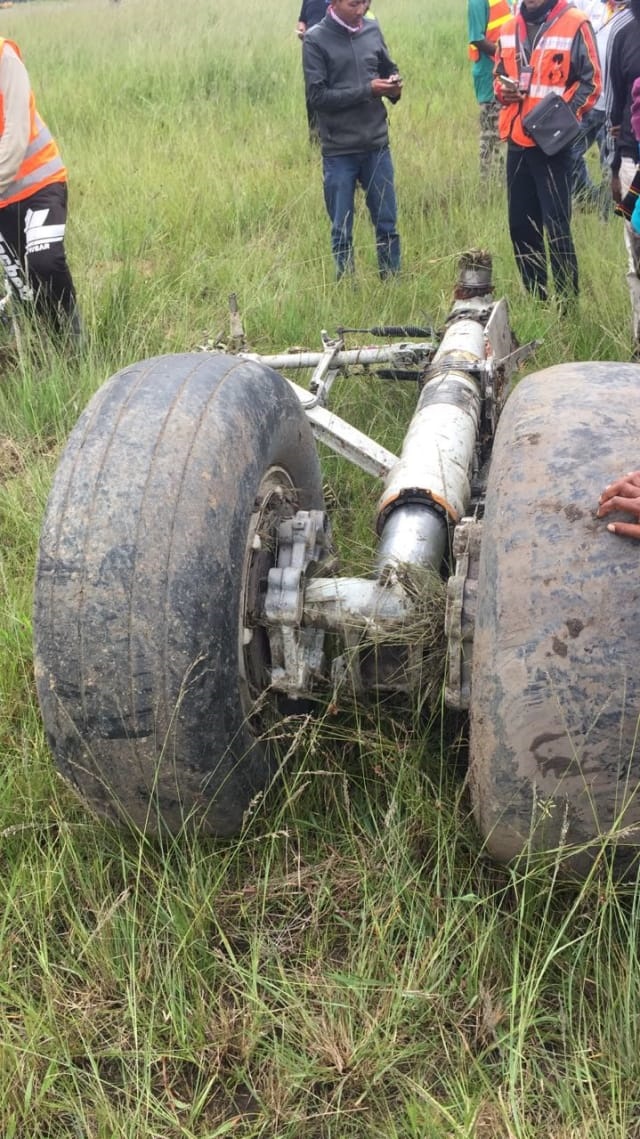Crash of a Boeing 737-322 in Lubumbashi
Date & Time:
Mar 4, 2018 at 1201 LT
Registration:
9S-ASG
Survivors:
Yes
Schedule:
Kinshasa – Lubumbashi
MSN:
24378/1704
YOM:
1989
Crew on board:
5
Crew fatalities:
Pax on board:
1
Pax fatalities:
Other fatalities:
Total fatalities:
0
Captain / Total hours on type:
1100.00
Copilot / Total hours on type:
710
Aircraft flight hours:
61721
Aircraft flight cycles:
36555
Circumstances:
The airplane departed Kinshasa-N'Djili Airport on a cargo flight to Lubumbashi, carrying five crew members and one passenger. Following an uneventful flight, the crew was cleared to descend and to land at Lubumbashi-Luano Airport. After landing on runway 07, the crew started the braking procedure. At a speed of 80 knots, the aircraft deviated to the left. It veered off runway and while contacting soft ground, the nose gear collapsed. The airplane came to rest in a grassy area along the left shoulder of the runway after a course of about 200 metres. All six occupants evacuated safely and the aircraft was damaged beyond repair.
Probable cause:
The following factors were identified:
- Reduction of simulator training hours for economic reasons for someone who has never performed the duties of controlling an aircraft on the ground.
- The runway shoulders at Lubumbashi (Luano) do not have the same characteristics with regard to strength (see Annex 14 and Document 9157 Part 3).
In conclusion, the actions taken on the rudder before it became ineffective must have been the cause of the aircraft's deviation from the runway centreline and the loss of control of the aircraft (LOC-G).
- Reduction of simulator training hours for economic reasons for someone who has never performed the duties of controlling an aircraft on the ground.
- The runway shoulders at Lubumbashi (Luano) do not have the same characteristics with regard to strength (see Annex 14 and Document 9157 Part 3).
In conclusion, the actions taken on the rudder before it became ineffective must have been the cause of the aircraft's deviation from the runway centreline and the loss of control of the aircraft (LOC-G).
Final Report:


